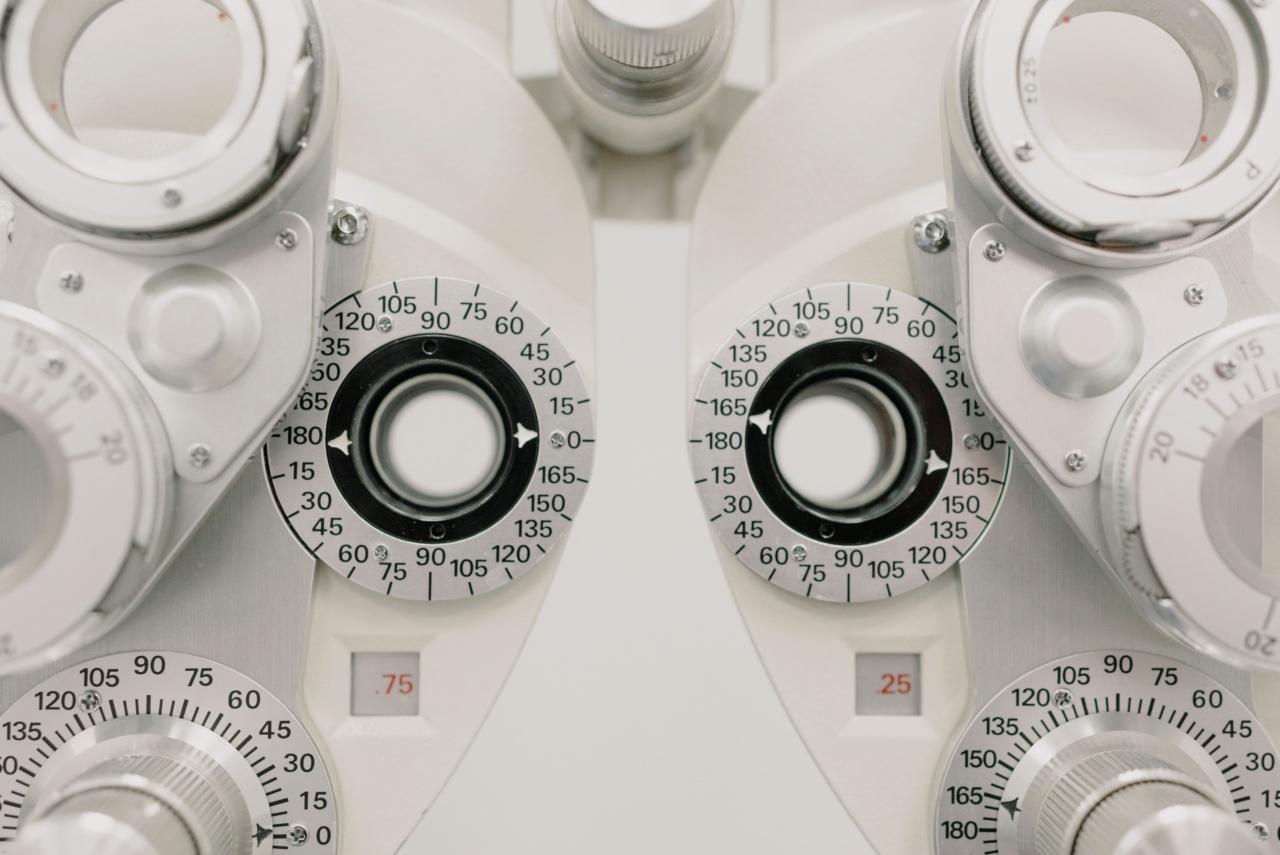Cosmopolitan Clinics is a renowned medical facility that specializes in cosmetic surgery. They are well-known for their innovative techniques that help people enhance their natural beauty. One of their latest innovations is Extended Quinge Correction.
What is Extended Quinge Correction?
Extended Quinge Correction is a technique that is used to correct droopy eyelids and sagging eyebrows. The technique involves removing excess skin and fat from the upper eyelid and lifting the eyebrow to create a more youthful and refreshed appearance.
This technique is an improvement of the traditional Quinge Correction method, which only removes excess skin from the upper eyelid.
Extended Quinge Correction, on the other hand, addresses both the upper eyelid and the brow area, resulting in a more comprehensive and satisfying result.
How does it work?
The procedure is usually performed under local anesthesia. The surgeon first makes incisions along the natural crease of the upper eyelid and the hairline. The underlying muscle tissue is then lifted, and any excess fat and skin are removed.
The surgeon then lifts the brow and secures it in place with sutures or anchors. The incisions are then closed with fine sutures, and a bandage is applied over the eyes to minimize swelling and bruising.
What are the benefits of Extended Quinge Correction?
Extended Quinge Correction has several benefits, including:.
- Improved appearance: The procedure lifts the eyebrows and removes excess skin from the upper eyelids, resulting in a more youthful, refreshed appearance.
- Improved vision: Sagging eyebrows can sometimes interfere with vision. This procedure can help to correct this problem.
- Long-lasting results: The procedure can provide long-lasting results, with many patients reporting that the effects last for several years.
- Minimal scarring: The incisions are made along the natural crease of the eyelid and the hairline, resulting in minimal scarring.
Who is a good candidate for Extended Quinge Correction?
Good candidates for Extended Quinge Correction are individuals who:.
- Have sagging eyebrows and/or excess skin on the upper eyelids.
- Are in good health and have realistic expectations.
- Are not taking blood-thinning medications or have bleeding disorders.
- Are not pregnant or breastfeeding.
It is always best to consult with a qualified surgeon to determine if you are a good candidate for the procedure.
What is the recovery like?
Recovery time after Extended Quinge Correction varies from person to person, but most patients are able to return to work and their normal routine within about a week.
Swelling and bruising are common, but these should subside within a few days to a week.
Patients are usually advised to avoid strenuous activities and exercise for several weeks after the procedure.
They should also avoid rubbing their eyes and should wear sunscreen and avoid direct sunlight for several weeks to protect the delicate skin around the eyes.
Risks and complications
As with any surgical procedure, there are risks associated with Extended Quinge Correction. These risks include:.
- Bleeding
- Infection
- Scarring
- Changes in sensation around the eyes
- Changes in vision
- Uneven results
It is important to choose a qualified and experienced surgeon to minimize the risk of complications.
Conclusion
Extended Quinge Correction is an innovative technique that can help to correct sagging eyebrows and excess skin on the upper eyelids, resulting in a more youthful and refreshed appearance.
It has several benefits over traditional Quinge Correction technique, including long-lasting results and minimal scarring. Recovery time varies from person to person, but most patients are able to return to work and their normal routine within a week.
As with any surgical procedure, there are risks and complications, but these can be minimized by choosing a qualified and experienced surgeon.




























